How Water Intake Influences an Alpaca’s Health
Ever wondered what’s on the menu for our furry friends, the alpacas? Well, I’m here to spill the beans, or rather, the water! Yes, you heard it right. Water is a big part of an alpaca’s diet.
Just like us, these adorable creatures need hydration to stay healthy and vibrant. But how much do they drink? And does their water consumption change based on the weather or their lifestyle? Let’s dive into the fascinating world of alpacas and their drinking habits.
Key Takeaways
- Alpacas need hydration just like humans to stay vibrant and healthy, typically consuming between 1-2 gallons of water each day.
- An alpaca’s water consumption can be influenced by weather, activity level, and diet, potentially increasing during hotter months and with a more active lifestyle.
- Quality is key when it comes to alpaca hydration; they prefer clear, clean, fresh water and may drink less if the water doesn’t meet their standards.
- Monitoring an alpaca’s water intake and understanding their behavior around water is essential, as a disinterest in drinking or excessive drinking can signal health issues.
- The type of diet affects an alpaca’s water needs. Those consuming more dry food, like hay, generally need more water compared to those with a fresh, green diet which naturally contains more moisture.
- Regular observation of alpacas’ water patterns and responding promptly to variations is vital in keeping these creatures healthy and well-hydrated.
Alpaca Diet: What’s on the Menu?
Alpacas may appear to have a straightforward diet, but there’s more to it. Their food intake is mostly plant-based, primarily relying on grass and hay. They’re grazing animals and love to nibble on fresh pasture whenever possible.
Yet, their menu isn’t merely limited to just grass or hay. Alpacas appreciate diversity in their diet. They also consume leaves, wood, bark, stems, and sometimes, people even supplement their feed with grain mix. However, it’s important to remember that any dietary changes must be introduced slowly to allow their digestive systems to adjust.

Nutrition plays a key role in an alpaca’s opulence, and water is a crucial part of their dietary requirements. In fact, an adult alpaca generally drinks between 1 to 2 gallons of water per day! This thirst level might increase during the sweltering summer months. The type of water source also matters. Alpacas are fussy eaters, and they extend this trait to drinking water as well. They prefer clear, clean, and fresh water, meaning you’ll probably never see them drinking from muddy puddles.
Their water intake is influenced by various factors – the weather, their activity level, and even their diet. Interestingly, the alpaca’s preference for switchgrass, a drought-tolerant plant, might reduce their water needs in arid climates.
| Weather | Activity Level | Diet |
|---|---|---|
| Increases during hot weather | More active alpacas require more water | Preference for drought-tolerant plants may reduce water needs |
Now let’s tackle the million-dollar question: How do we ensure that our fluffy friends consume enough water? Regularly monitoring their water sources is the answer. They should always have access to fresh, clean water. Secondly, it’s handy to have a basic understanding of their behavior around water. Lack of interest in water, or conversely, excessive drinking could indicate possible health issues. Remember, just like us, alpacas need water to stay healthy and vital.
The Importance of Water for Alpacas
Just as water is vital for humans, so too it’s for our furry friends. Why’s that? Because water is an essential nutrient in an alpaca’s daily routine. It plays significant roles in their bodily functions including metabolism, thermoregulation, digestion, and waste elimination. Additionally, water also helps maintain an alpaca’s skin and wool health, ensuring it remains soft and lustrous. Without ample hydration, alpacas may face health concerns such as dehydration, undernourishment, and an overall decline in performance.
Take note though, not just any water will do. Quality is crucial. Alpacas prefer clear, fresh, and clean water. If the water provided isn’t up to their standards, they’re likely to drink less, potentially endangering their health. Their water intake is greatly influenced by factors like weather, activity level, and diet. Thus, it’s important to monitor their water intake and make adjustments accordingly.

For instance, during hot weather, alpacas might need to replenish their water levels more frequently. This is because they lose more moisture due to higher rates of perspiration. So, during summers, you might notice an increased consumption, sometimes even going beyond their typical 1 to 2 gallons per day intake.
Similarly, alpacas at high activity levels require more water to compensate for the increased metabolic activity. If an alpaca is pregnant or nursing, it’ll need more water for milk production and to maintain overall health.
Let’s shed some light on their diet. The dietary pattern of alpacas also influences their water needs. Alpacas that consume more dry food, like hay, would likely drink more water than those with a fresher, greener diet, which naturally contains more moisture.
In short, understanding an alpaca’s unique water requirements and making sure they’re met is paramount to maintaining their health and vitality. And don’t forget, keeping a check on their water sources from time to time and knowing their behaviour around water is equally important.
How Much Water Do Alpacas Need?
The water intake for alpacas can vary significantly based on various factors. On average, a healthy adult alpaca needs about two to five liters of water a day. It’s essential to understand that this is just a general guideline. The actual amount can change primarily based on weather conditions, the alpaca’s activity level, and their diet.
On hotter days, alpacas tend to drink more water. It’s their natural way of maintaining their body’s temperature and preventing dehydration. So, in summer or hot climates, their water intake can considerably increase.
Alpacas that are pregnant or nursing, or are more active need more water. If they are exerting more energy, they require a higher water intake to replenish the lost fluids and maintain their health.
An alpaca’s diet majorly influences their water needs. When there’s more dry food in their diet, alpacas drink more water to support digestion. It’s fascinating to comprehend that hay and alfalfa, the significant components of an alpaca’s diet, are dry. Consequently, alpacas that rely more on these dry foods are more likely to have higher water consumption.
| Condition | Average Water Intake per Day |
|---|---|
| Normal | 2-5 liters |
| Hot Weather | 5-8 liters |
| Active/Pregnant/Nursing | 6-10 liters |
| High Dry Food Diet | 5-9 liters |
Regularly monitoring your alpacas’ water intake according to these influencing factors can be a great help in ensuring their overall health and wellbeing. Recognize the signs when alpacas are deviating from their usual patterns and respond promptly. That’s all part of caring for these amazing creatures and ensuring they stay hydrated and healthy.
Factors Affecting Alpaca’s Water Consumption
When caring for alpacas, it’s crucial to understand that various factors influence their water consumption. Knowing these elements can assist us in closely monitoring and adjusting their water intake as needed.
Weather conditions indisputably play a vital role. Particularly during the summer, when it’s hotter, you’ll find alpacas drink more water than usual. This increased consumption is their way of maintaining body temperature and preventing dehydration. A study reported that the water consumption of these camelids can double during extreme heatwaves.

In a similar manner, the activity level of an alpaca impacts its water needs. Alpacas with a high level of daily activity need more water than more inactive counterparts. Mother alpacas fall into this category, as pregnant or nursing alpacas frequently require additional hydration.
Table:
| Weather/Condition | Water Intake Increase |
|---|---|
| Hot weather | Approximately double |
| High activity level | Varies |
| Pregnant/Nursing | Increases |
Let’s not overlook the importance of diet in determining an alpaca’s water requirements. Specifically, as alpacas eat more dry food, such as hay or alfalfa, their need for water correspondingly rises. Consequently, if you’re feeding your alpacas primarily dry feed, make certain there’s ample water accessible.
Multiple key factors indeed play a role in how much water alpacas drink. These range from environmental conditions like the weather, to the creature’s level of activity, to the specifics of their diet. By remaining aware of these factors and responding appropriately, we’re on the right path to ensuring the health and wellbeing of our alpacas.
Alpacas and Weather: Does It Affect their Drinking Habits?
Now that we’ve understood how vital water is to alpacas, let’s look at the link between weather conditions and these creatures’ water consumption habits. Upon examination, it’s clear that the weather plays a significant role in determining how much water alpacas consume on a daily basis.
In naturally hotter conditions, alpacas tend to drink more water than usual. This is because the heat can increase their body temperature and hence to regulate it, they need extra hydration. It’s been observed that during the peak summer season, an alpaca’s water consumption can easily double from what it usually is in cooler temperatures. This makes it crucial for alpaca owners to ensure a constant supply of drinking water in such weather.

Winter doesn’t give alpacas a free pass either. Irrespective of the cold weather, alpacas still need a proper water supply to carry out body functions efficiently. Absence of adequate water can lead to a dangerous condition called hypothermia, especially in winter. Having a source of thawed, drinkable water available is necessary for ensuring their wellbeing during the colder months.
Not just the temperature, but also the humidity level in the environment can influence an alpaca’s water intake. When the humidity is high, their bodies lose water faster than usual through respiratory water loss, causing them to drink more than usual.
But it’s not just about extreme weather. Even during moderate weather, alpacas continue to require significant amounts of water which is critical for maintaining their health.
Based on this evidence, it certainly is important to consider the weather conditions while managing the water requirements of these furry creatures. Just like you and I, they too need to adapt to different weather patterns and change their consumption habits. By ensuring the water needs are met, alpaca owners can contribute significantly towards the overall wellbeing of their animals.

Remember to adjust water supplies according to changes in weather to maintain a healthy alpaca.
The next part of the article will explore the water intake of active versus sedentary alpacas.
Alpacas and Lifestyle: How It Influences Water Intake
It’s easy to overlook how influential lifestyle can be on an alpaca’s water consumption. Whether it’s the activity levels, the pregnancy status, or the diet, each of these aspects contributes to how much water these animals take in.
Activity levels of alpacas can affect their hydration needs significantly. Alpacas with higher activity levels generally require more water for metabolic functions and to rehydrate following their exertions. So, if you’ve got a particularly lively bunch of alpacas, keep an eye on their water supply, making sure it’s always bountiful.
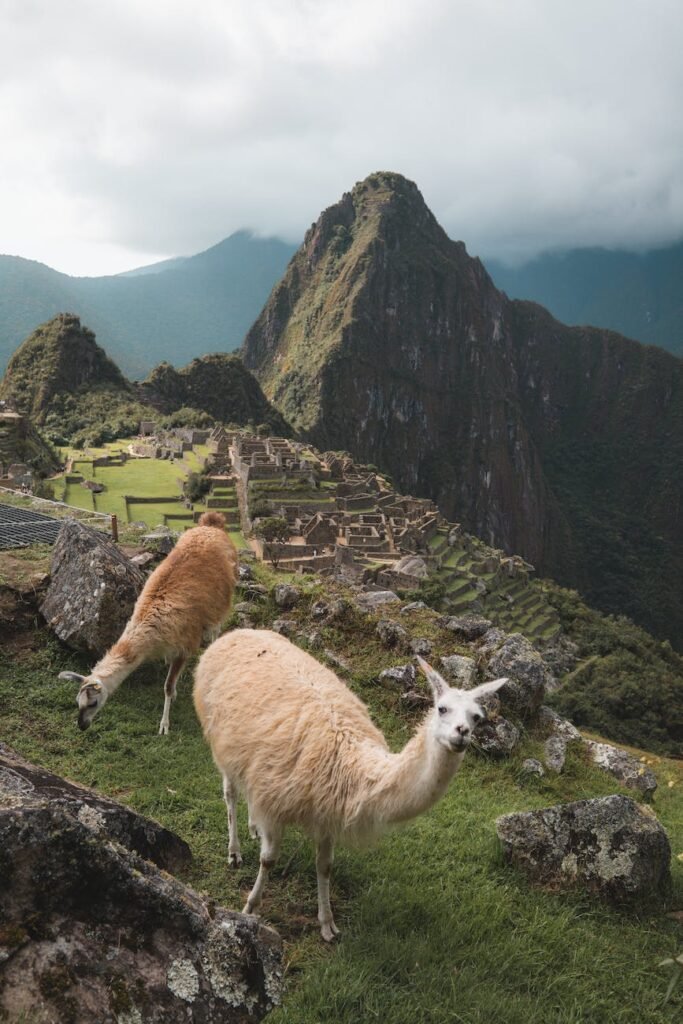
Just as with activity levels, pregnancy and nursing demand an increased water intake. A pregnant or nursing alpaca’s body undergoes numerous changes, needing additional resources to support these changes. Thus, water becomes even more necessary during these periods. As an alpaca owner, it’s critical to ensure that your pregnant and nursing alpacas receive enough water to maintain their and their offspring’s health.
Lastly, an alpaca’s diet also affects its water consumption. Alpacas relying heavily on dry foods, such as hay or alfalfa, will likely drink more water to compensate for the lack of moisture in their food. I’ve made a table below to illustrate the variation in the needed water intake of alpacas based on their lifestyle factors:
| Lifestyle Factors | Water Intake Increase |
|---|---|
| High activity | Increase by 10-20% |
| Pregnancy/Nursing | Increase by 20-30% |
| Dry food diet | Increase by 15-25% |
Remember, just as with humans, every alpaca is unique. Its water needs can fluctuate depending on multiple factors including weather conditions and individual needs. As such, these figures should be used as a guide rather than strict rules.
Keeping a keen eye on your alpacas and adjusting their water supply based on these factors will help ensure your herd remains healthy and hydrated.


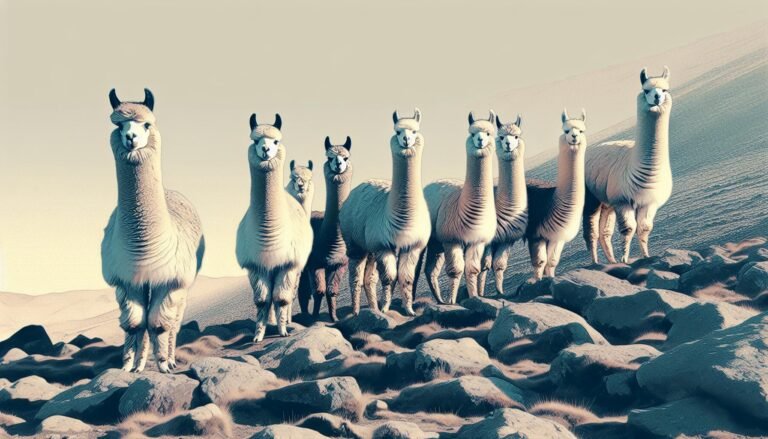

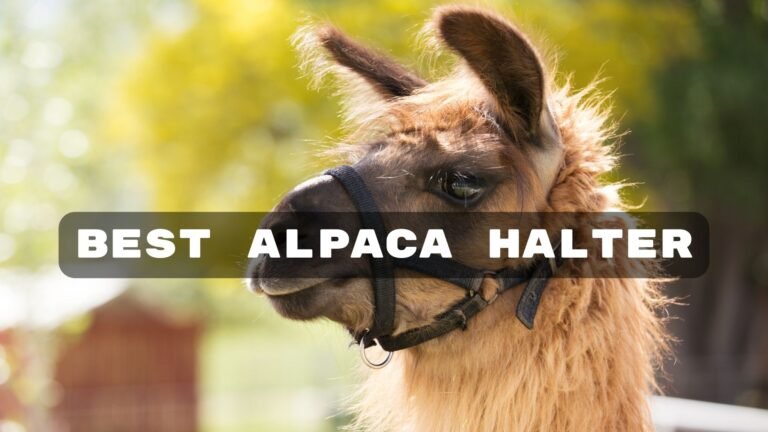
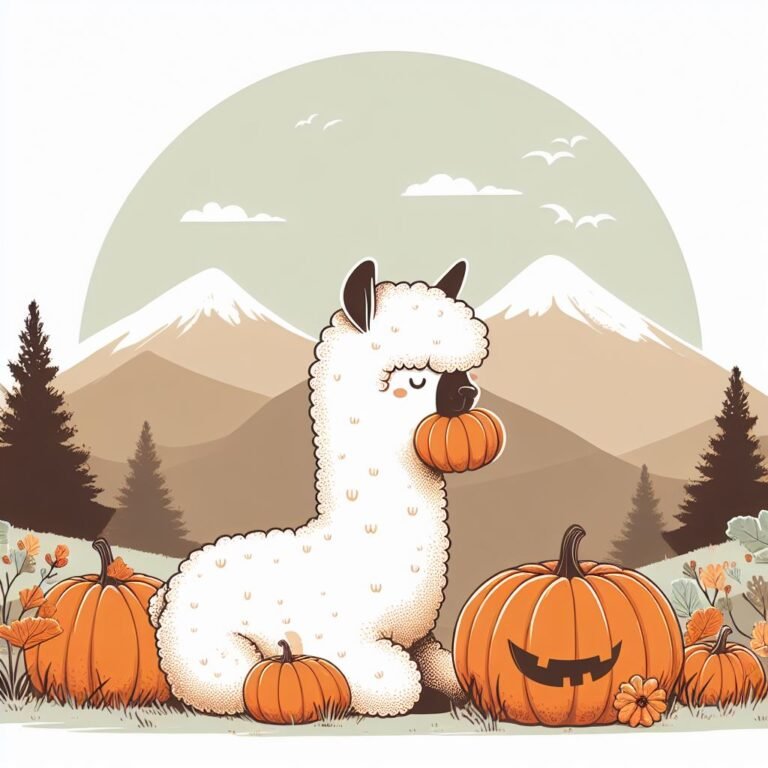
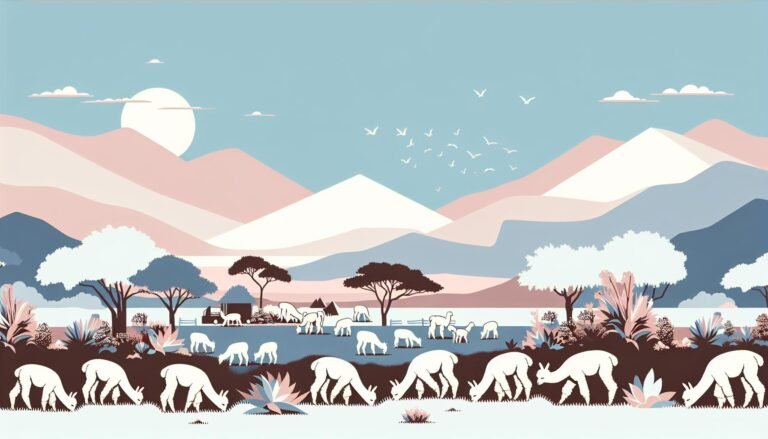

Our picks
Alpaca & Wool Felted Sole Inserts: Comfy Upgrade?
Best Alpaca Socks for Hiking: Ultimate Comfort and Durability on Trails
Best Alpaca Halter for Comfort and Control